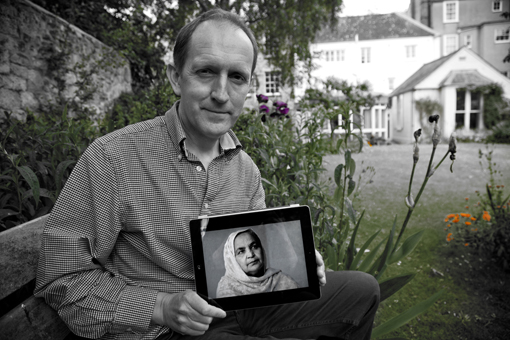Think Visual
Planning is crucial for a video production, no matter how big or small, to be a success. The purpose of the video or series, and its intended audience, needs to be identified before production can start. This is sometimes called the ‘takeaway’ – or key message. In course production this would be defined as a learning outcome. It’s useful to have three bullet point takeaways and always keep them at the forefront of the creative vision. The five W’s and H – a creative tool often thought of as the preserve of journalists – can be a useful approach to use in this early process. The 5W’s being ‘who’ ‘what’ ‘where’ ‘when’ ‘why’– i.e. what is the content proposition (add to this learning outcomes), why is the video being produced (relevance, intended audience), who is involved (presenter, production crew) where will it be filmed (location) and when, for example, are there any time factors to consider. The ‘how’ in this instance relates to considerations of genre, format and style, e.g. observational documentary, interview piece to camera, conceptual comedic animation, and personalised, essayistic slideshow.
To answer some of these questions we need to return to the term visual storytelling. Thinking visually is not restricted to a piece to camera either ‘down the lens’ or off camera, the kind often seen in documentaries; although these well used approaches are extremely valuable in the right context, for example to illustrate an authorial presence, an expert in their field connecting directly with the viewer or conveying a message to a wider audience (such as the TED Talks). Video slideshows can be cheaper to be produce and be very effective with dynamic use of photography, voiceover and graphics, while images, a powerful musical score and text on screen without any voiceover can also be effective – depending on the purpose of the video. Storytelling is about narrative however and a narrative should have a structure – even if it is not linear – an engaging narrator, if there is one (in voiceover or in vision), be in digestible chunks and the pace should reflect the tone and mood of the narrative. Above all it should have a powerful hook or opening sequence and an element of intrigue.

OU Enterprise Development Academic Richard Blundel nominates the co-founder of the Kwendo Kor charity,
Maryam Bibi as his ‘Unlikely Leader’ (image cortesy of Rose De Larrabeiti / Whistledown).
With the average YouTube video clocking in at four minutes and users often only staying for half of that, content should ‘hook’ the viewer in from the beginning. An example of a hook might be a famous quote, a powerful or controversial statement or question on screen, a historic piece of archive footage or a powerful visual metaphor. The opening clip of an episode of BBC2’s Horizon showed the vastness of the sea accompanied by an powerful voiceover conveying a sense of intrigue: ‘Nothing is More Seductive than the Unknown, nothing more compelling than a place of danger that lies beyond normal comprehension…’ before cutting to an image of space, revealing the subject matter: Black Holes (Horizon, Swallowed by a Black Hole, BBC2, 26 June 2013).
As learners become increasingly time poor, the requirement for short form video in education increases. This does not signal the end of hour-long debates or discussions – rather it demands consideration about how long form content is presented online. This requires a different approach to that of original short form assets. Short form video is an art in itself; for bespoke content creation it is less about cramming as much as possible in two and a half minutes, rather it is what you leave out, that matters. Editing an hour-long video into bite-sized chunks ensures key learning points are communicated and makes it easier for learners to digest the content and allow time for reflection. However in terms of long form content, context is everything. Content must be self-contained but remain in context of the larger whole.
 Learning on Screen
Learning on Screen